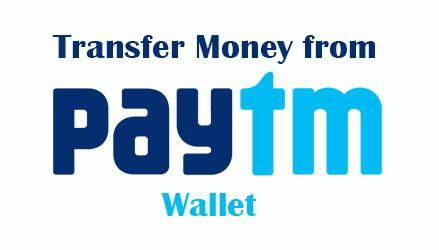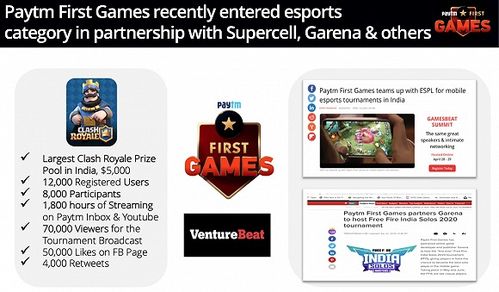Understanding Game Pay: A Comprehensive Guide

Game pay, also known as pay-to-play, has become an integral part of the gaming industry. It’s a model where players are required to pay for game time or virtual goods within the game. This article delves into the various aspects of game pay, offering you a detailed insight into how it works and its impact on the gaming community.
What is Game Pay?

Game pay is a business model where players are charged for certain aspects of the game. This could be for game time, in-game purchases, or access to exclusive content. Unlike free-to-play games, where players can enjoy the game without spending any money, game pay requires an upfront payment or a subscription fee.
Benefits of Game Pay

One of the primary benefits of game pay is the high-quality gaming experience it offers. Since players are paying for the game, developers invest more in the game’s graphics, sound, and story. This often results in a more immersive and enjoyable experience.
| Aspect | Game Pay | Free-to-Play |
|---|---|---|
| Graphics and Sound | High-quality, immersive | Varies, often lower quality |
| Story and Gameplay | Well-developed, engaging | Varies, often less developed |
| In-game Purchases | Available, optional | Available, often required |
Game Pay Models
There are several game pay models, each with its own unique approach. Here are some of the most common ones:
- Pay-to-Play: Players pay a one-time fee to access the game.
- Subscription-Based: Players pay a recurring fee to access the game and its content.
- Free-to-Play with Microtransactions: Players can play the game for free, but can purchase in-game items or services for real money.
Impact on the Gaming Community
Game pay has had a significant impact on the gaming community. While some players appreciate the high-quality experience and the freedom to choose what they want to purchase, others are concerned about the potential for exploitation and the rise of pay-to-win games.
One of the main concerns is that game pay can lead to pay-to-win scenarios, where players who spend more money have an unfair advantage over those who don’t. This can create a sense of inequality and frustration among the gaming community.
Game Pass: A New Model
Microsoft’s Game Pass is a subscription service that offers players access to a large library of games for a monthly fee. This model has gained popularity due to its affordability and the wide variety of games available. However, it has also raised questions about the future of game pay and the potential for a shift towards subscription-based models.
| Game Pass | Traditional Game Pay |
|---|---|
| Subscription-based | One-time purchase or recurring fee |
| Access to a large library of games | Access to a single game or a limited selection of games |
| Monthly fee | Varies based on game or model |
Conclusion
Game pay is a complex and evolving aspect of the gaming industry. While it offers benefits such as high-quality gaming experiences and the freedom to choose what you want to purchase, it also raises concerns about pay-to-win scenarios and the potential for exploitation. As the industry continues to evolve, it will be interesting to see how game pay models adapt and what impact they will have on the gaming community.
